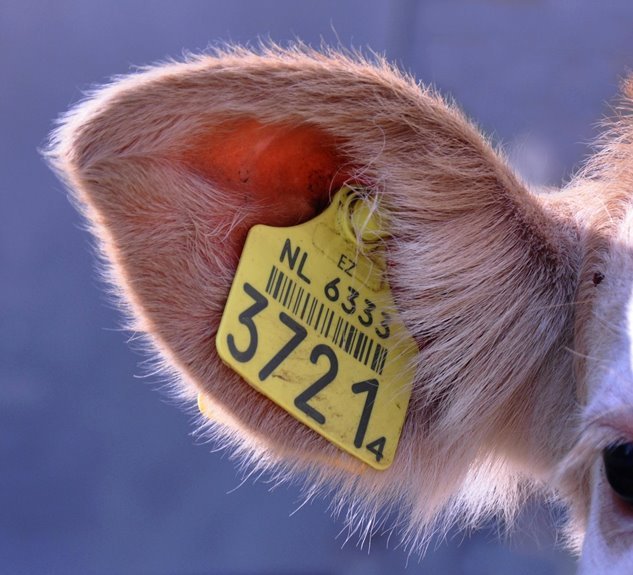Communication Standards and Audit Division 3136390049 8014620832 2172228800 2159484026 4698570733 3048483986
Effective communication standards are crucial for the Audit Division. They ensure accuracy and foster collaboration among stakeholders. By outlining clear methodologies, the division aligns audit objectives with broader organizational goals. This approach not only enhances transparency but also addresses regulatory challenges adeptly. Understanding these standards can significantly impact decision-making and overall audit practices. What implications do you think these standards could have on future audits?
The Significance of Communication Standards in Auditing
When you consider the importance of effective communication in auditing, you realize that clear standards are essential for ensuring accuracy and transparency.
Without these standards, communication barriers can arise, jeopardizing auditing ethics and the integrity of the audit process.
Establishing clear guidelines helps minimize misunderstandings, fosters trust, and ultimately supports the free-flowing exchange of information crucial for successful audits.
Key Components of the Audit Division’s Communication Framework
Effective communication standards set the stage for a robust audit process, and the Audit Division’s communication framework plays a pivotal role in this.
Key components include clear audit methodologies and proactive stakeholder engagement.
Enhancing Organizational Transparency and Accountability
While transparency and accountability are essential for building trust within an organization, they also drive better decision-making and enhance overall performance.
By implementing transparency initiatives, you foster open communication, allowing stakeholders to understand processes and decisions.
Additionally, accountability measures ensure that individuals are responsible for their actions, creating a culture of integrity.
Together, these elements promote an environment conducive to growth and innovation.
Navigating Regulatory Challenges Through Effective Communication
Navigating regulatory challenges requires clear and open communication, especially in environments where compliance is critical.
You must prioritize stakeholder engagement to ensure everyone understands regulatory compliance requirements.
By fostering an environment of transparency, you can address concerns proactively and empower stakeholders to contribute effectively.
This collaborative approach not only mitigates risks but also enhances organizational resilience in the face of regulatory scrutiny.
Conclusion
In conclusion, effective communication standards are vital for the Audit Division, fostering accuracy and trust. Did you know that organizations with robust communication practices experience 47% higher employee engagement? By implementing clear methodologies and engaging stakeholders, you can enhance transparency, navigate regulatory challenges, and promote accountability. These efforts not only align audit objectives with organizational goals but also create an environment of continuous improvement, ultimately leading to better decision-making and stronger organizational integrity.





